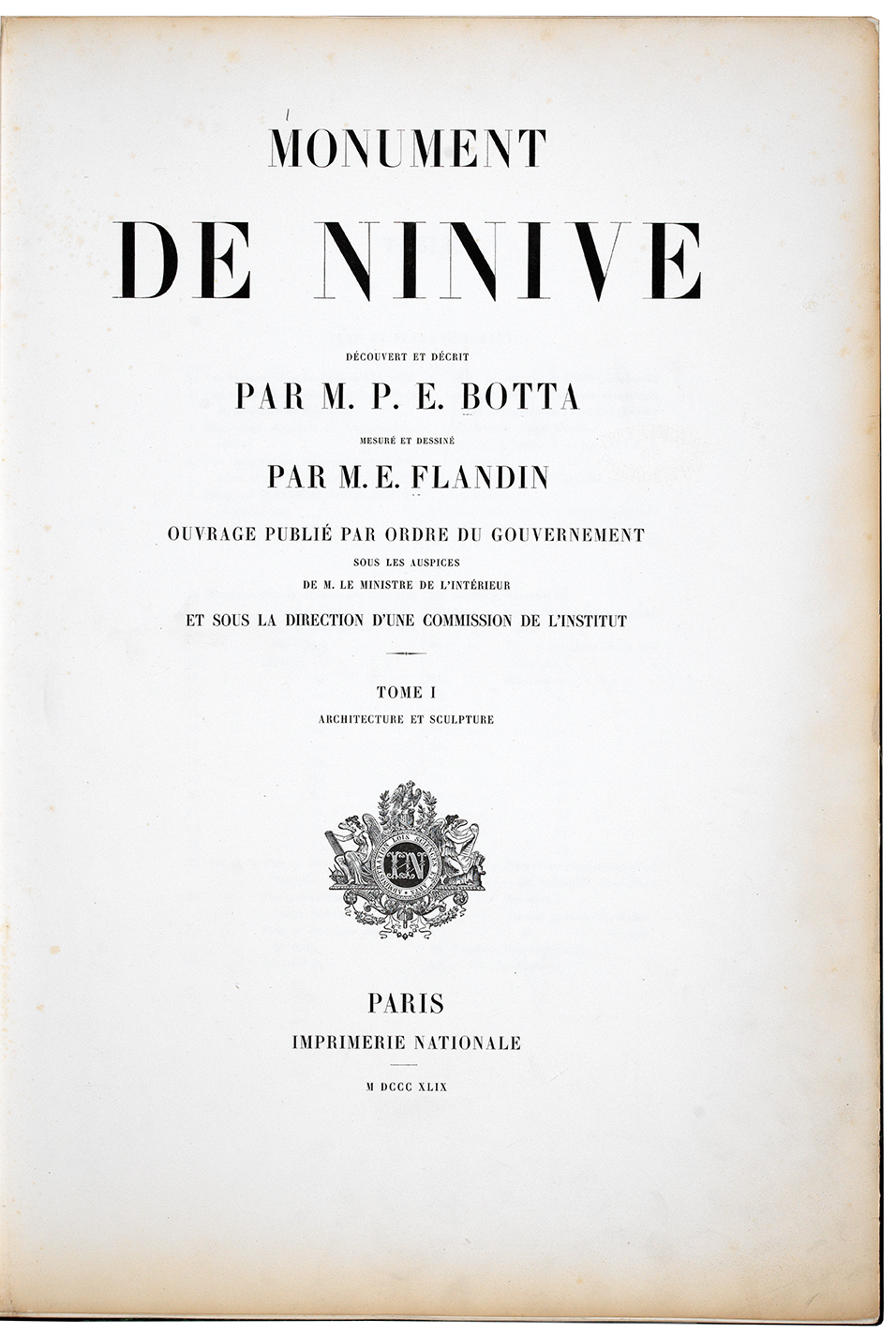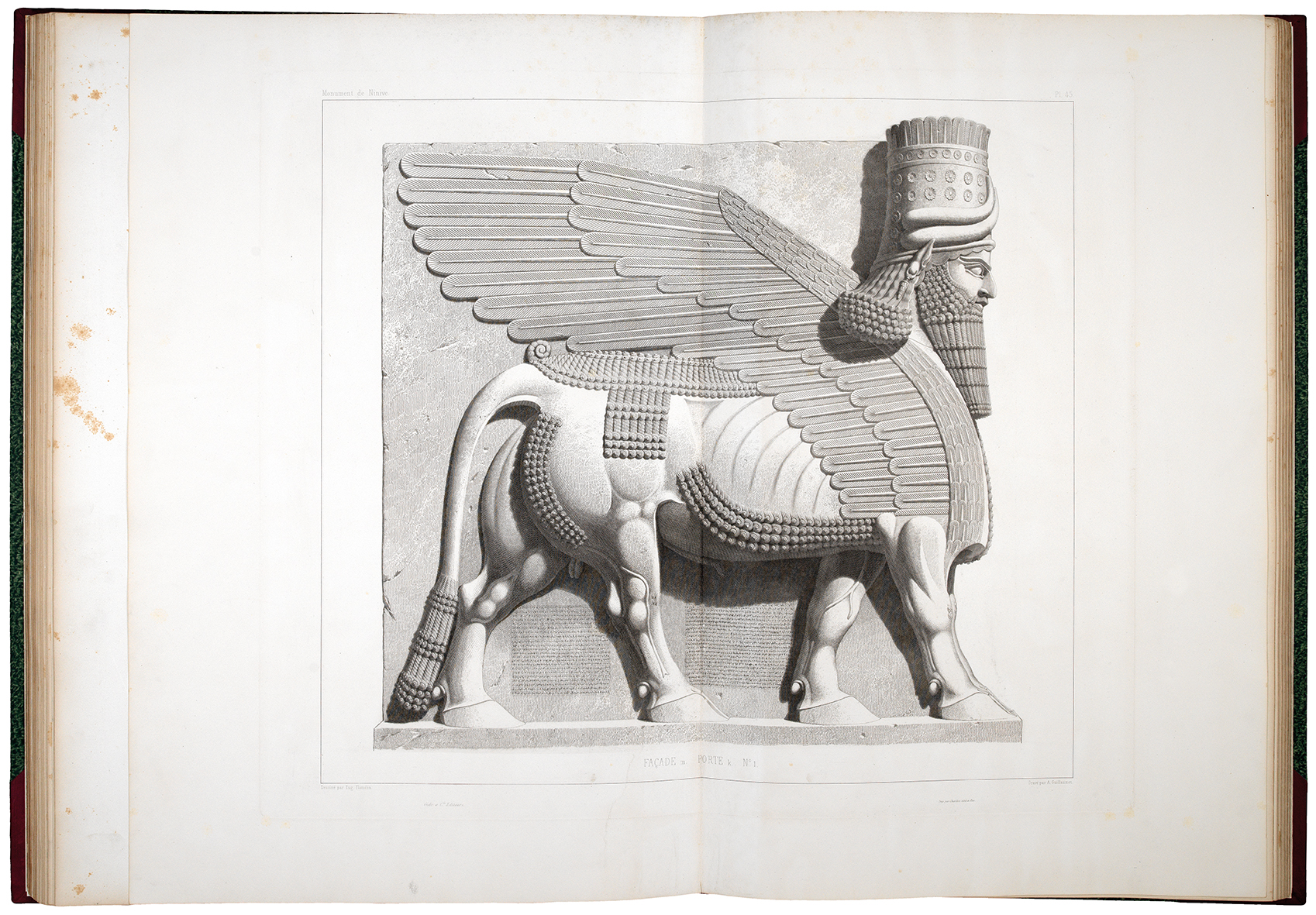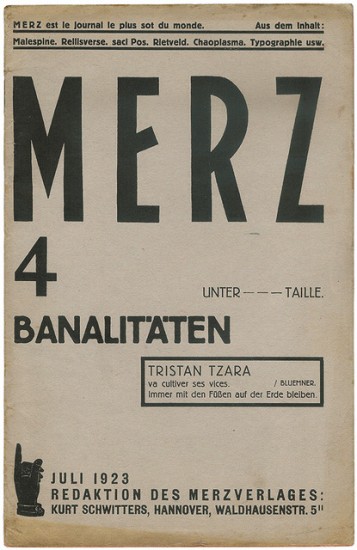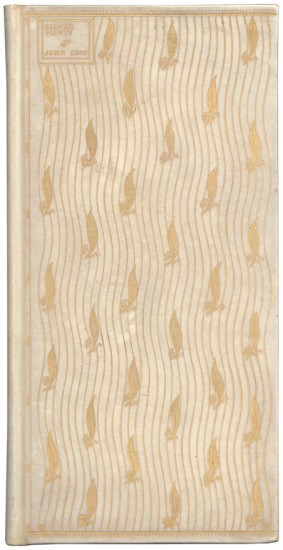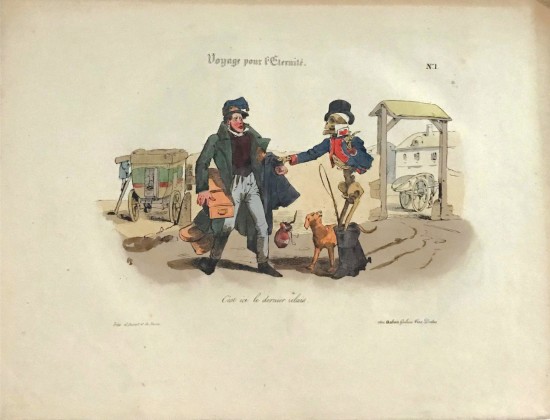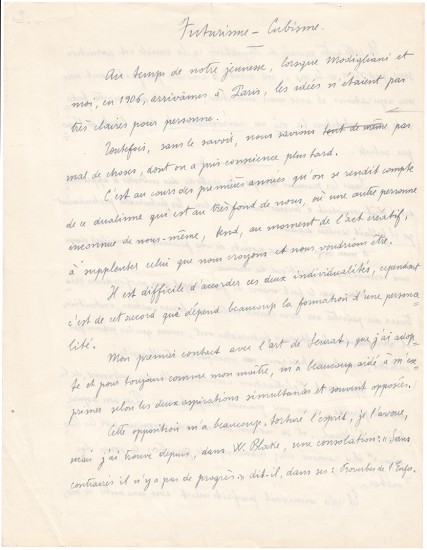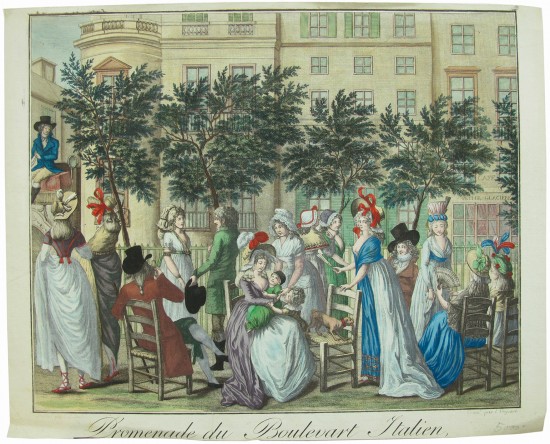Monument de Ninive. Découvert et Décrit par M. P.-E. Botta. Mesuré et Dessiné par M. E. Flandin
Botta, Paul-Emile & Eugène Flandin
Paris. Gide et J. Baudry, Editeurs [for the] Imprimerie Nationale. 1849–1850
Sold
'Monument de Ninive', the foundation work of Assyriology and the basis for the collection in the Louvre.
Paul-Emile Botta (1802 - 1870), born Paolo Emiliano Botta in Turin, on his appointment as the French consul at Mosul, left France early in 1842, determined to take advantage of his diplomatic appointment to investigate the antiquities of the region. It is likely that he was influenced and perhaps directed by Julius von Mohl and some sources suggest that the appointment of consulship was made at von Mohl's request. In March 1843 Botta began excavations at Khorsabad (after a largely unsuccessful attempt at Kuyunijk), to the north-east of Mosul. Here in a period lasting until October 1844, Botta excavated a complex series of rooms lined with carved and inscribed gypsum slabs.
Although Botta believed he had located the lost city of Nineveh, it was later recognised to be the magnificent palace of Sargon II, Dur-Sharrukin, erected around 710 BC. The series of bas-reliefs and colossal winged bulls found there are the finest known specimens. The French government was quick to realise the importance of Botta’s discoveries and provided generous funding for the excavations. They also sent out Eugène Flandin, an artist who had accompanied Pascal-Xavier Coste to Persia in the early 1840s to record the finds, and it is his graphic work, together with Botta’s descriptions, that constitute the present book. Many of the sculptures and other material reached France in 1846, and today are among the greatest treasures of the Louvre; the Assyrian display was opened to the public, wiht the King, Louis-Philippe in attendance, on May 1st, 1847. The Assyrian collection proved so popular that the Louvre created a separate Musée des Antiquités Orientales to accommodate them.
The book was published as 'Monument de Ninive' in an edition of only a few hundred copies at a price of about two thousand francs, a price high enough that the leading English scholars, Layard and Rawlinson (both are cited in the final text volume) could not afford to purchase it. Botta's work, the ground-breaking publication on Assyriology, remains highly important and complete copies such as the present example, remain scarce.
[Brunet, I, 1144; Graesse, I, 505].
Paul-Emile Botta (1802 - 1870), born Paolo Emiliano Botta in Turin, on his appointment as the French consul at Mosul, left France early in 1842, determined to take advantage of his diplomatic appointment to investigate the antiquities of the region. It is likely that he was influenced and perhaps directed by Julius von Mohl and some sources suggest that the appointment of consulship was made at von Mohl's request. In March 1843 Botta began excavations at Khorsabad (after a largely unsuccessful attempt at Kuyunijk), to the north-east of Mosul. Here in a period lasting until October 1844, Botta excavated a complex series of rooms lined with carved and inscribed gypsum slabs.
Although Botta believed he had located the lost city of Nineveh, it was later recognised to be the magnificent palace of Sargon II, Dur-Sharrukin, erected around 710 BC. The series of bas-reliefs and colossal winged bulls found there are the finest known specimens. The French government was quick to realise the importance of Botta’s discoveries and provided generous funding for the excavations. They also sent out Eugène Flandin, an artist who had accompanied Pascal-Xavier Coste to Persia in the early 1840s to record the finds, and it is his graphic work, together with Botta’s descriptions, that constitute the present book. Many of the sculptures and other material reached France in 1846, and today are among the greatest treasures of the Louvre; the Assyrian display was opened to the public, wiht the King, Louis-Philippe in attendance, on May 1st, 1847. The Assyrian collection proved so popular that the Louvre created a separate Musée des Antiquités Orientales to accommodate them.
The book was published as 'Monument de Ninive' in an edition of only a few hundred copies at a price of about two thousand francs, a price high enough that the leading English scholars, Layard and Rawlinson (both are cited in the final text volume) could not afford to purchase it. Botta's work, the ground-breaking publication on Assyriology, remains highly important and complete copies such as the present example, remain scarce.
[Brunet, I, 1144; Graesse, I, 505].
pp. iii (vol. I); iii (vol. III); XI, 360, (i). 5 vols. Large folio. (628 x 444 mm). Vols. 1 & 2 (Architecture et Sculpture): Half-title with printer's credit verso, printed title, 2 leaves with 'Table' in vol. 1 and 171 plates (7 double-page, 12 with partial colour and including 5 bis plates) numbered 1 - 78 and 79 - 165; vols. 3 & 4 (Inscriptions): Half-title and title as previously, 2 leaves with 'Table' in vol. 3 and 203 plates (17 double-page and including 8 bis, 6 ter and 6 quater plates) numbered 1 - 68 and 69 - 183; vol. 5 (Texte) with title, Préface by Botta dated 'Mai 1849' and 'Chapitre Premier' to 'Chapitre XI', final leaf with 'Table des Matières'. Printed text in French with insertions in Arabic and cuneiform, vignettes in the text, reference to the plates as applicable and extensive analysis and comparison of cuneiform in the final four chapters. Later burgundy backed green marbled boards, banded spines with gilt tooling and green calf labels with gilt titles in six compartments, cream endpapers, a.e.g.
#46669
